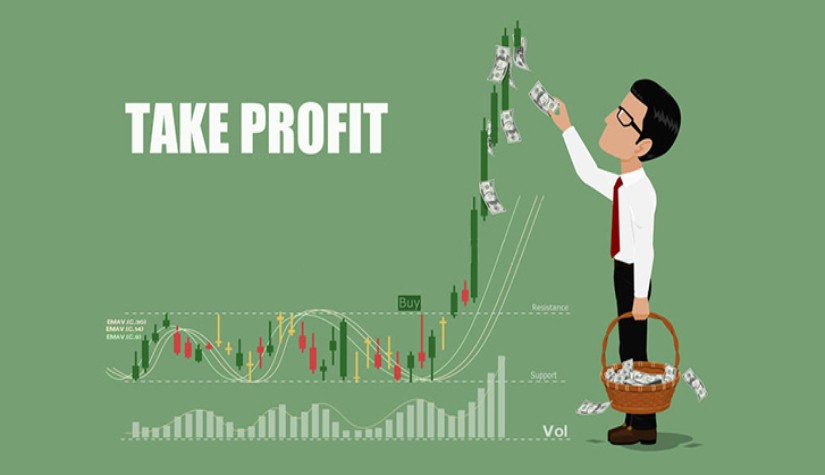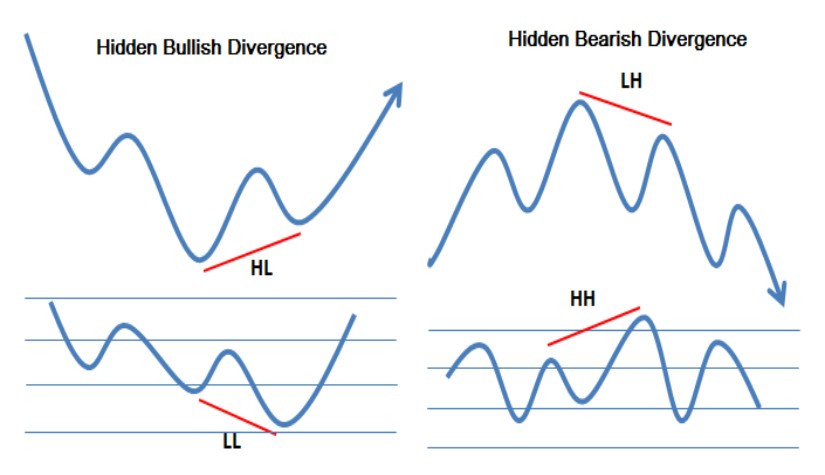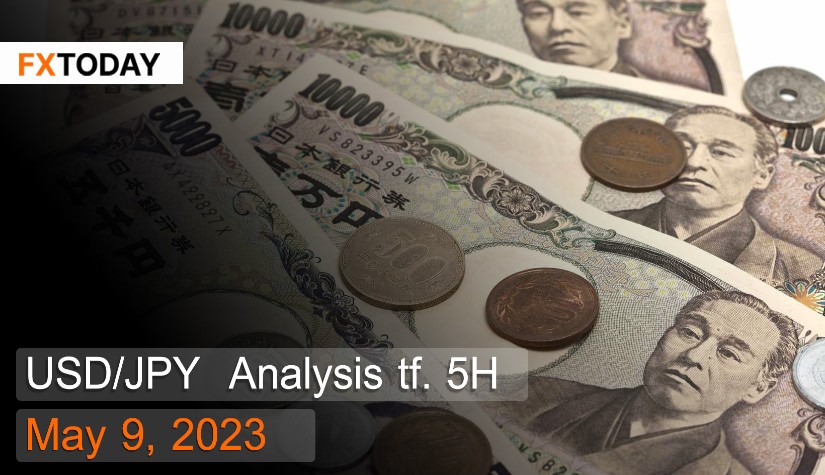The keys to success in financial markets, particularly trading, depend on a foundation of knowledge and continuous learning. Whether you're a novice trader or an experienced trader, understanding the fundamentals and techniques of the Forex market is crucial. This article serves as a concise guide to the essential vocabulary of Forex trading, clarifying meanings and cultivating a comprehensive understanding of the Forex market.
Basic Forex Terms
1. Currency Pair
This is the pairing of two currencies in Forex trading. For instance, AUD/USD contrasts the value of the Australian Dollar (AUD) against the US Dollar (USD). The first currency in the pair is called the base currency, and the second one is the quote currency. Each currency abbreviation consists of three letters, such as AUD for the Australian Dollar.
2. Exchange Rate
This represents the price of one currency in terms of another. For instance, if the AUD/USD exchange rate is 0.67, one Australian Dollar can be exchanged for 0.67 US Dollars.
3. Major Currency Pair
These are the most frequently traded pairs in the Forex market, typically involving the USD, AUD, EUR, and JPY.
4. Bid/Ask
Bid and Ask prices are the two prices quoted for a currency pair in the Forex market. The Bid price is the maximum a buyer is willing to pay for a currency pair, while the Ask price is the minimum a seller will accept.
5. Position
In Forex trading, a position refers to the state of a trade when it is opened or closed. Opening a new trade is called an open position, and closing a trade is referred to as a closed position. The terms "buy" and "sell" are used to describe the opening and closing of a trade.
6. Entry
Entry is the process of initiating a trade by buying or selling, which is necessary for opening a position.
7. Exit
Exit is the act of closing a trading contract by exiting a buy or sell transaction.
8. Stop Loss (SL)
Stop Loss, also known as a stop loss order, is a technique employed by traders to set a specific loss point at which the trade will be automatically closed. This technique can be helpful in cases of unexpected price movement or when the market moves against the trader's position.
9. Take Profit (TP)
Take Profit is a position established in advance to generate automatic profits, which is the opposite of the stop loss point. It involves setting a target price before entering the market.
10. Breakout
A breakout signifies a substantial price change in a single direction, breaking through previously established support and resistance levels. A breakout usually indicates the possibility of a trend reversal.
11. Overbought
Overbought is a term used to describe an excessive amount of buying, that drives the price above its actual value. The overbought zone is typically above 70 lines, indicating the latest security price movement in the short term.
12. Oversold
Oversold is a situation where excessive selling leads to a continuous drop in price, pushing the price into the oversold zone. Traders can place a buy order when the price enters the oversold zone below the 30 lines. Oversold and overbought conditions can be identified using the Relative Strength Index (RSI), which is a commonly used technical indicator.
13. Spread
Spread refers to the broker's commission or service fee, calculated as the difference between the Bid and Ask prices. When traders open a buy or sell position, they have to pay a spread to the broker, and the amount may vary among brokers.
14. Margin
Margin is the collateral deposit that traders have to maintain with brokers to open and keep trading positions. Therefore, it's important to keep enough margin in your trading account to support your trades.
15. Pip
A pip is the smallest measure of change in a currency pair's value in the Forex market, usually quantified to the last decimal point or 2 to 4 decimal places. For example, if the USD/JPY currency pair is at 110.105 and the price changes to 110.106, this is a movement of 1 pip.
16. Point
A point is the smallest unit of measure for a currency pair, counted by the movement of the decimal point by 3 or 5 decimal places. For instance, if the USD/CHF currency pair is at 0.92548 and the price changes to 0.92553, this is a movement of 5 points.
17. Lot
A lot represents the standardized quantity or size of a trade in the Forex market. There are different types of lots, including Standard Lot, Mini Lot, Micro Lot, and Nano Lot, each with a different contract size.
18. Order
An order is a trader's directive to a broker to buy or sell a currency pair or to close a position in the Forex market.
19. Pending Order
A pending order is an instruction to execute a trade at a predetermined price in the future.
20. Limit Order
A limit order is a pending order that allows traders to buy or sell a currency pair at a specific price or better once the market reaches that price level.
21. Buy Limit
A Buy Limit is a type of pending order that allows traders to buy a currency pair at a lower price than the current market price. The order will be triggered automatically when the market price reaches the specified Buy Limit level.
22. Sell Limit
A Sell Limit is a pending order to sell a currency pair at a price higher than the current market price. The order will be executed automatically when the market price reaches the specified Sell Limit level. If the market price doesn't reach the Sell Limit level, the order will remain pending.
23. Candlestick
A candlestick is a type of chart used to represent the price movement of a currency pair in the Forex market. Each candlestick represents a specific time period, displaying the opening price, closing price, highest price, and lowest price for that period.
24. Trend
Trend refers to the general direction in which the market is moving, either upwards (bullish) or downwards (bearish). Traders use trend analysis to decide the optimal time to enter or exit the market.
25. Resistance
Resistance refers to a price level where the market has difficulty moving above, as it is met with selling pressure. Resistance levels are often used by traders to identify potential areas where the market may reverse or experience a pullback.
26. Support
Support refers to a price level where the market has difficulty moving below, as it is met with buying pressure. Traders often use support levels to identify potential areas where the market may reverse or experience a bounce back.
Conclusion
In conclusion, having a solid grasp of the basic Forex terms is crucial for traders to navigate the Forex market with ease. By understanding these terms, traders can gain a better understanding of how the market works and improve their ability to develop effective trading strategies. With this foundation of knowledge, traders can feel more confident in their ability to trade successfully.
______________________________
Maximize your knowledge: Blog
Keep up to date on global events: News
















